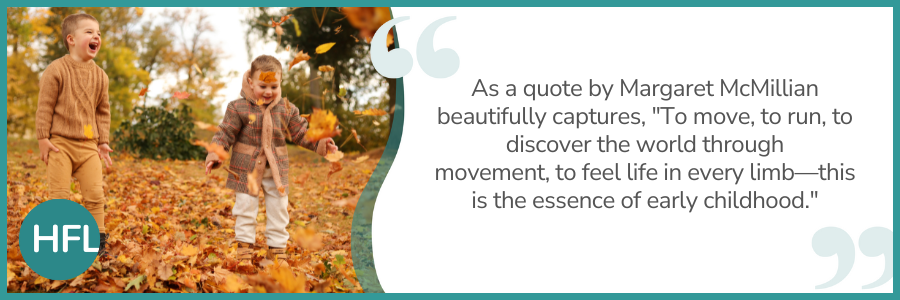
Growing up in London on the sixth floor of a tower block meant having a unique perspective of the city below me. The balcony became a cherished spot, perfect for gazing down into the gardens below. Many sunny and rainy days were spent watching children of the same age as me playing in their own gardens, sparking a deep wish for a garden of any size to call my own.
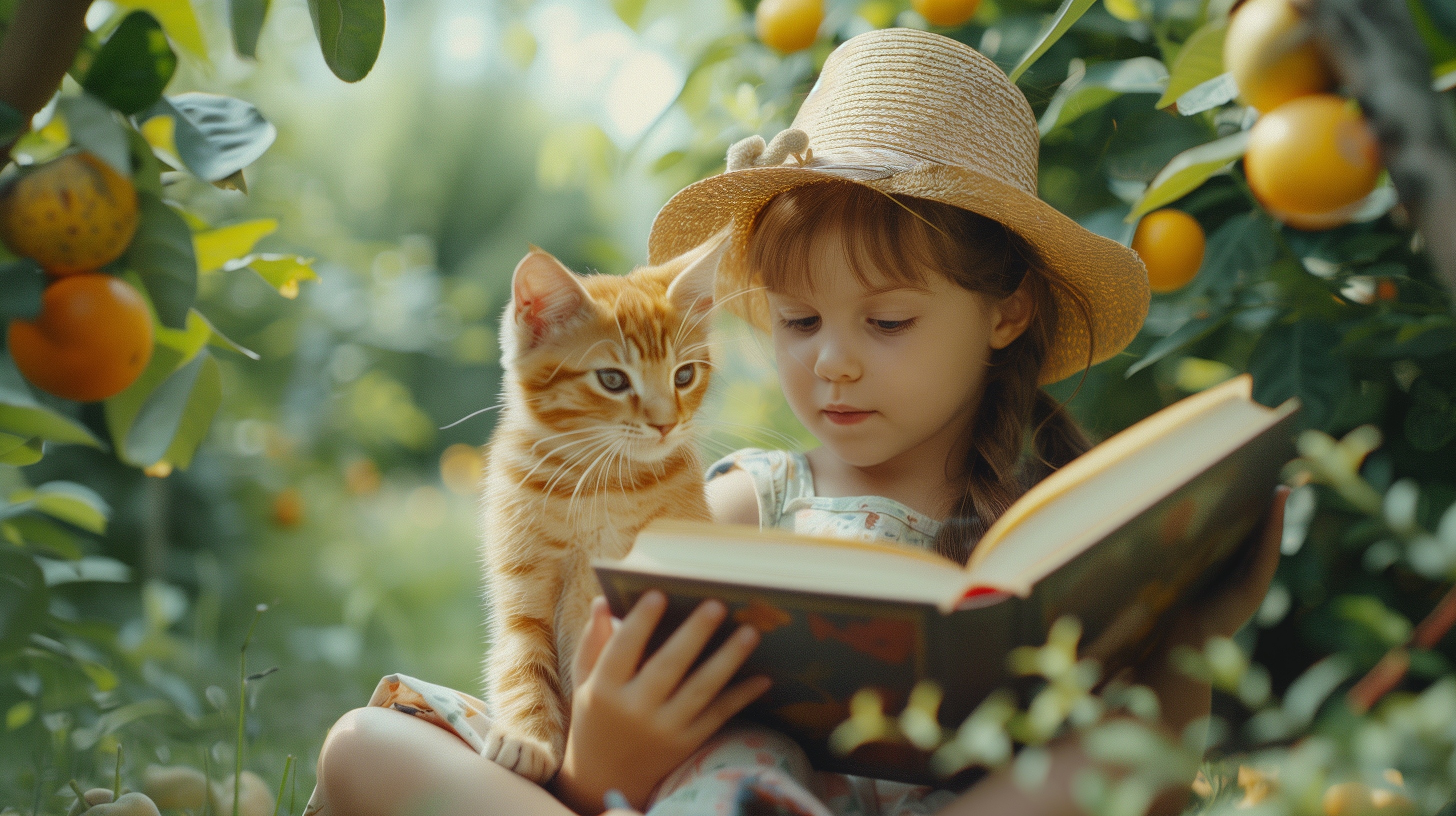
An enchanted place
Primary school was a half-hour walk away, and I adored the walk to school for many reasons. Stepping out of the lift brought an immediate sense of calm, with the wind brushing against my face. The route to school included a shortcut through a small park that my sister and I called the Rose Gardens. To us, the Rose Gardens felt like an enchanted, magical place, where we would embark on countless adventures on the way to school, as well as during weekends and holidays.
After school, friends would join us, and we would climb trees, read stories to each other, and make up our own. We played games, and sometimes disagreements and arguments would arise. However, we always managed to work things out, and before long, any conflicts were resolved, allowing our adventures to continue. We made dens under bushes and wrote lists for the items we wanted for our den, we sang, we laughed, and we talked about the difficulties we were experiencing in our young lives.
I wonder how many skills we acquired without even realising it.
Margaret McMillan wrote “To move, to run, to find things out by new movement, to feel one’s life in every limb, that is the life of early childhood”.
As a child, I understood the benefits of being outside and was aware of how I felt when I was ‘stuck inside’ compared to the feeling of freedom and the positive impact this had on my mental wellbeing.
Take a minute to reflect on the children in your setting, where do they live?
Think about the children identified as having SEND or those who have faced disadvantage in their lives. Consider the children who have recently arrived in the UK—what are their backgrounds? What are their living conditions like? Do they have access to outdoor spaces? Have they ever seen a park or a forest, or felt the sand between their toes during a trip to the beach? Perhaps the answer is yes, but it’s important not to make assumptions. For many children, however, the answer is no. We have the opportunity to make a difference by providing them with enriching outdoor experiences. Every child has the right to access these opportunities.
3.59 Statutory Framework for the Early Years Foundation Stage
“Providers must provide access to an outdoor play area or, if that is not possible, ensure that outdoor activities are planned and taken on a daily basis (unless circumstances make this inappropriate, for example unsafe weather conditions). Providers must follow their legal responsibilities under the Equality Act 2010 (for example, the provisions on reasonable adjustments)”.
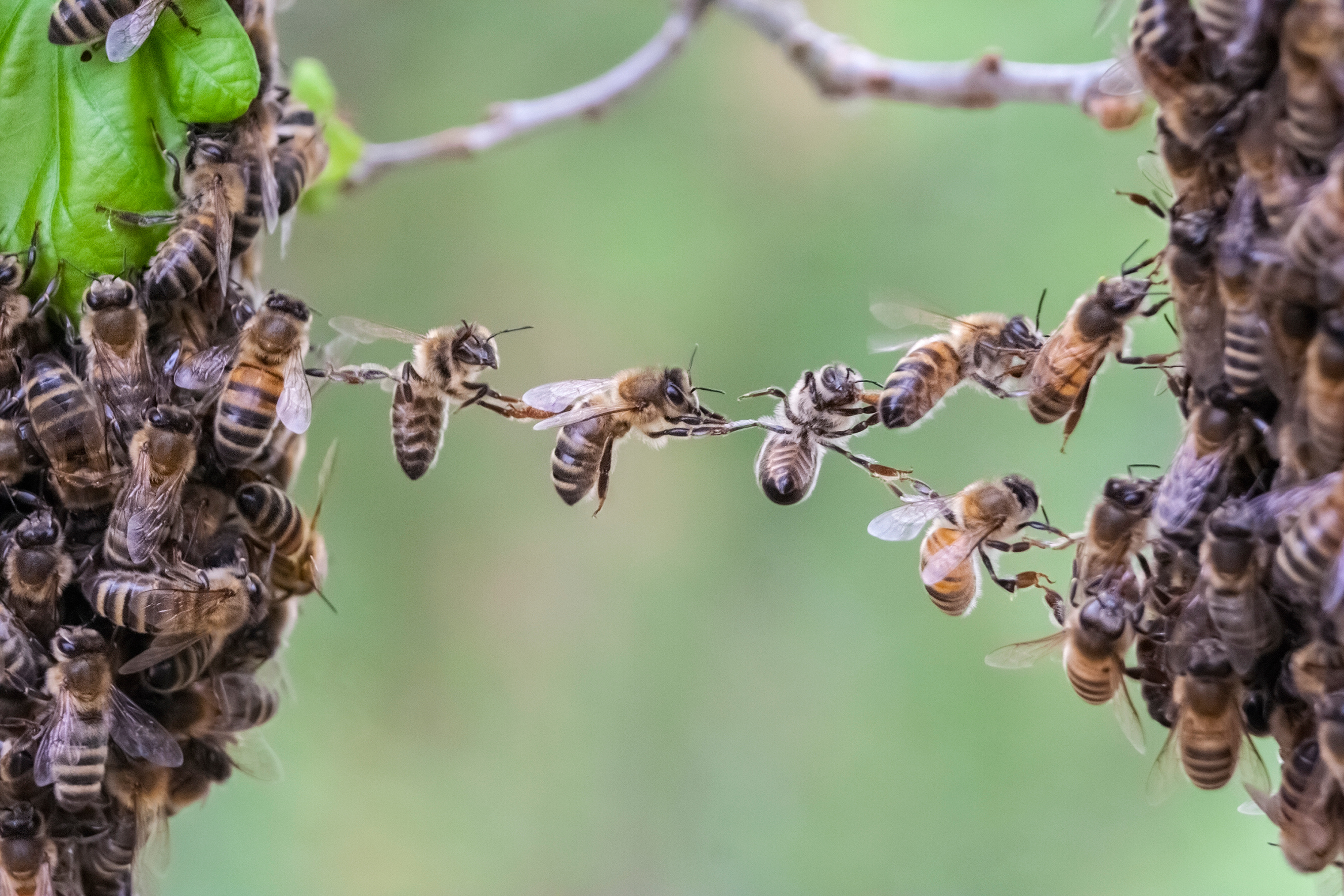
Bridge the gap: enable the learning environment
Outdoor learning provides numerous opportunities for children facing disadvantage to engage in activities they might not otherwise have access to, such as risky play, exploring nature, and participating in challenging physical activities. It helps children build important skills like resilience, resourcefulness, risk-taking, and reflectiveness, fostering self-confidence and motivation to learn. According to the Outdoor Adventure Education Endowment Foundation, developing these non-cognitive skills can positively impact academic outcomes.
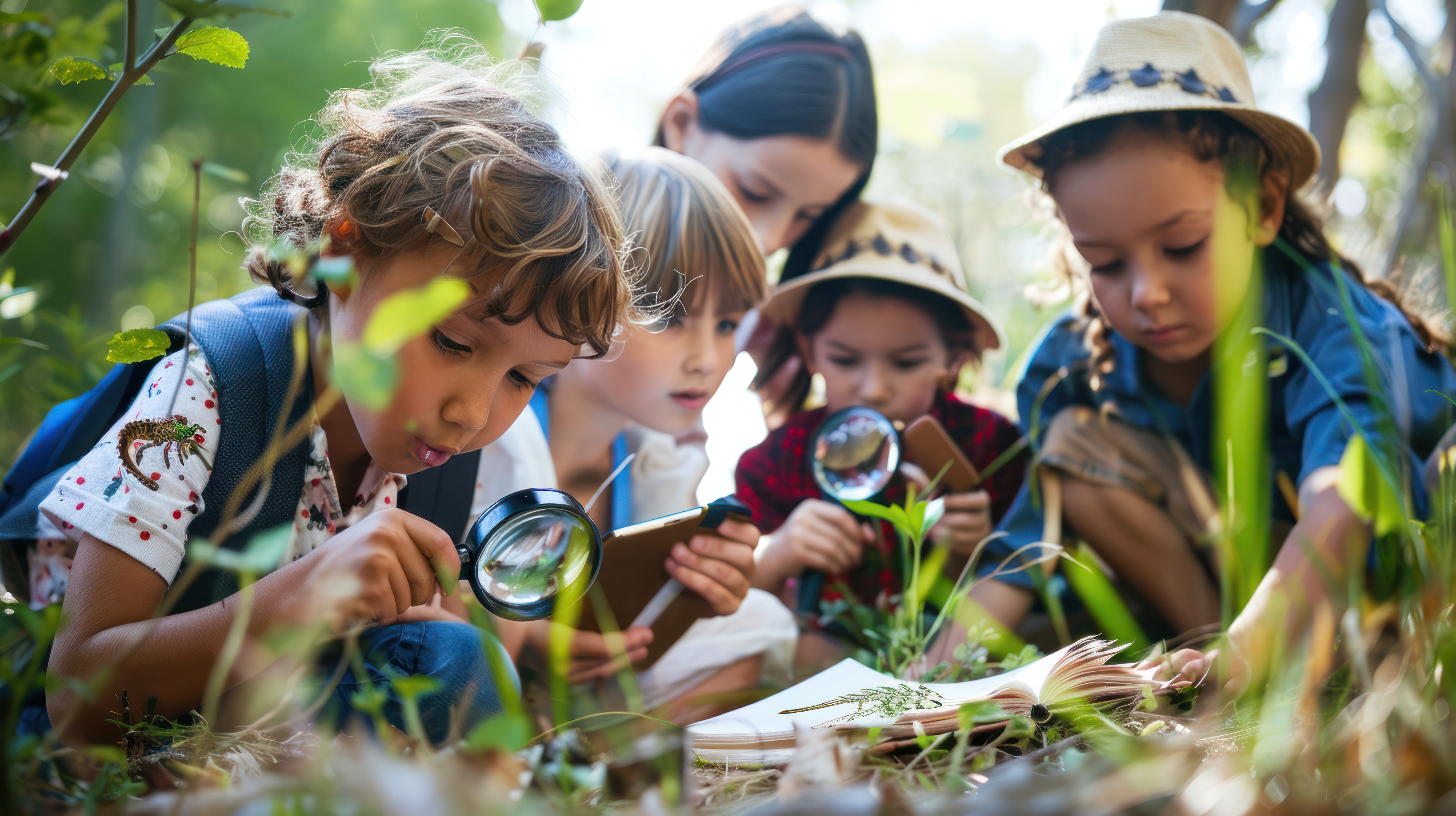
Breaking free from classroom constraints
Imagine a school in a deprived area of the city, where children from nursery to Year 6, learn both indoors and outdoors, guided by the principles of the Reggio Emilia philosophy. This approach, which embraces the idea of the child as full of potential and capable of learning through "a hundred languages", sparked my passion for fostering creative, nature-based learning. But can we truly nurture children's potential and honour their rights if their learning is confined to the indoors?
Managed moves were organised for children from local schools who exhibited behaviours that the adults currently supporting them found highly challenging. When these children first arrived at our school, they often refused to engage, sometimes running away, hiding, or even attempting to climb over the school gates. Others struggled in the classroom and frequently damaged their learning environments. Yet, within a short period, most of their behaviours improved significantly. Why did this change occur?
The improvement in behaviour was likely due to the children’s access to outdoor spaces, where they could climb trees, explore, care for rabbits, tend to the vegetable patch, and harvest crops. These activities provided incidental learning opportunities, such as mathematical concepts, and featured reading and writing nooks where children could engage deeply with books and develop their oracy through meaningful interactions with adults. Research indicates that outdoor spaces can enhance self-regulation and behaviour (Sakhvidi et al., 2022), and this approach likely helped the children transition back into the classroom and thrive.
Consider the benefits of a free-flow learning environment. The Outdoor Classroom highlights that one significant advantage of outdoor learning, especially for children with behaviour that is communicating a complex message, is the change in environment. Traditional classrooms can feel restrictive and increase stress levels for these children. In contrast, the outdoors offers a refreshing and open space that can be both physically and mentally relaxing. This change can have a calming effect, potentially reducing disruptive behaviour and creating a more conducive atmosphere for both children and the adults within the setting.

Research indicates that time spent in nature significantly improves children's mental health and well-being. Conversely, a lack of outdoor learning can lead to what is termed "nature deficit disorder," which is associated with behavioural issues. The Outdoor Classroom’s Muddy Hands report notes, “Children today face greater stress than in the past, with increased academic expectations and pressures from social media affecting their body image and exposing them to inappropriate content. Many children experience heightened time and peer pressures. Spending time outdoors is a simple and cost-effective way to alleviate these stresses, benefiting both children and adults.”
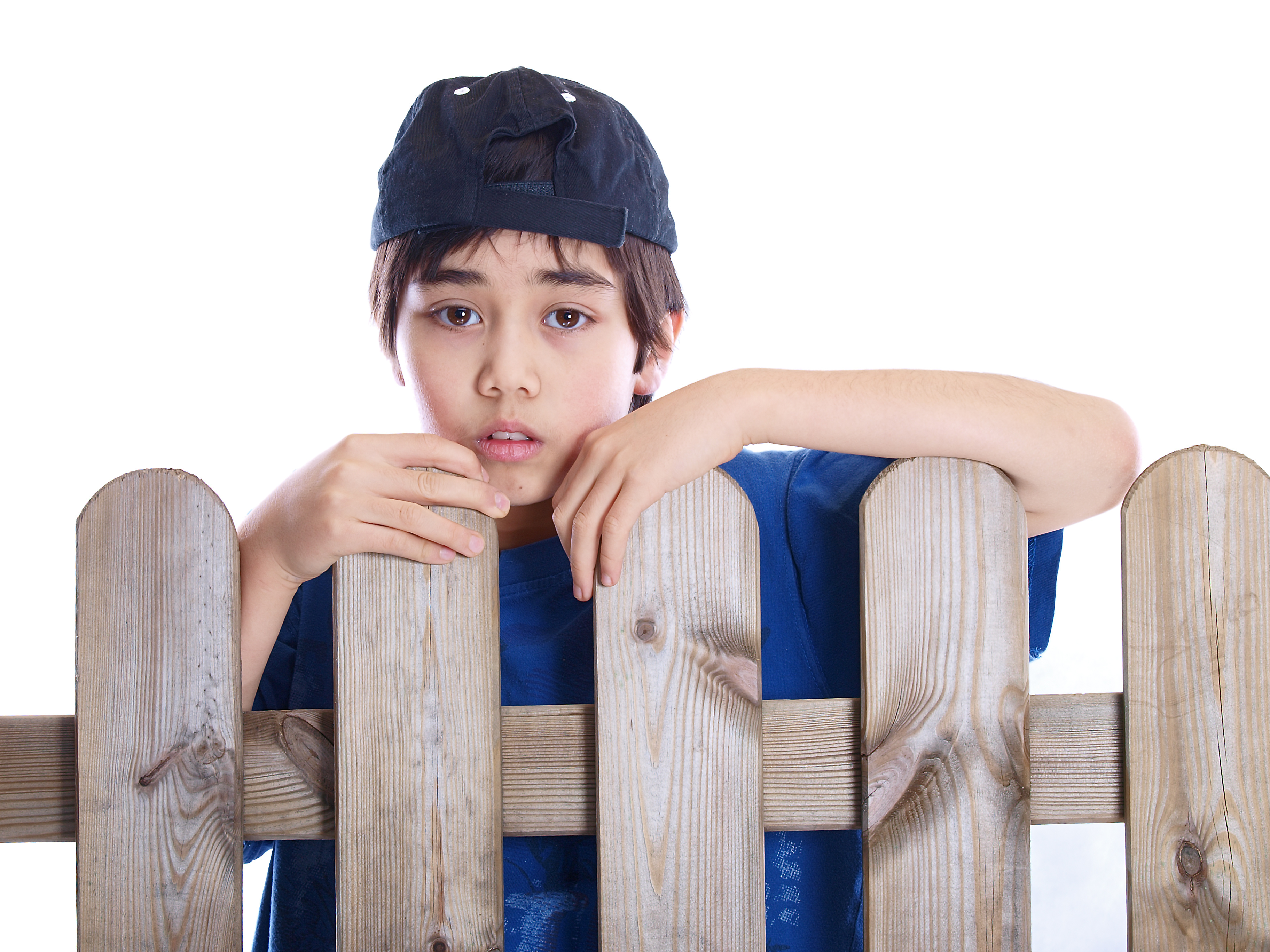
Autumn term check-in
Upon my own transition to a new school, the practices differed significantly from those in the previous setting. Observing the Year 1 children during playtime was disheartening, as many would head straight to the reception fence, watching wistfully as the new reception children enjoyed their outdoor learning environment. It raised the question: Would Year 1 children benefit from continued access to outdoor learning if their journey extended seamlessly from Reception?
Fortunately, the issue was addressed promptly. The headteacher endorsed the philosophy of extending outdoor learning into Year 1, and soon, the children had their own outdoor space. This change led to an improvement in behaviour and better outcomes in Key Stage 1.
This ensured that outdoor time became an integral, rather than a novelty, aspect of the learning experience.
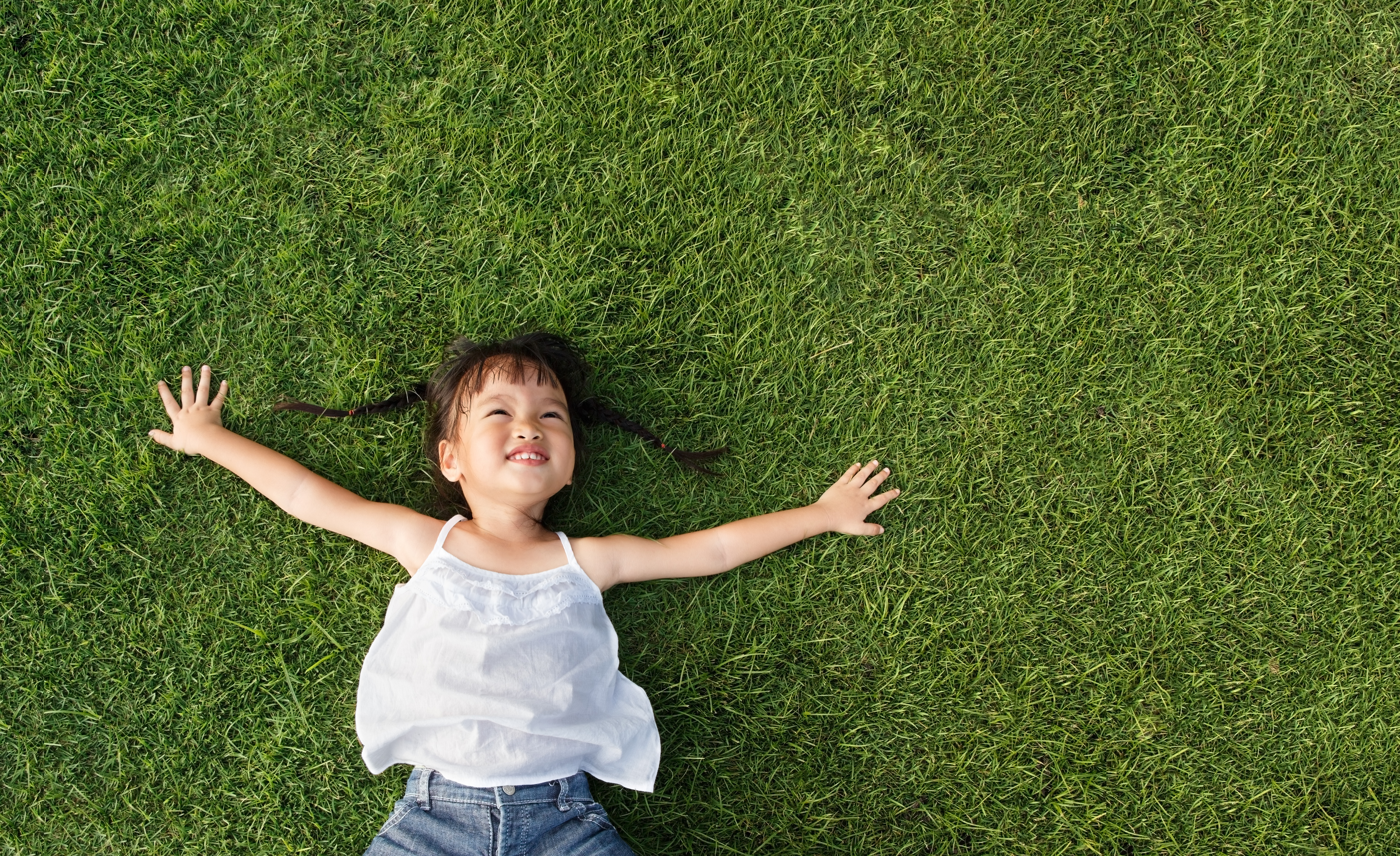
Enhance the living curriculum
Consider the following statement from Ofsted’s Best Start in Life Part 1: Setting the Scene:
“Teaching encompasses the various methods adults use to support young children’s learning. It involves providing appropriate equipment, attending to the physical environment, and establishing daily structures and routines that set expectations. Essential to teaching is assessing what children know, understand, and can do, while also considering their interests and learning dispositions (characteristics of effective learning).”
Reflect on whether it’s feasible to fully implement all these elements within an indoor learning environment alone.
Awe and wonder: Tommy found a bird nest!
Tommy had recently joined our nursery and often expressed his disinterest in learning or writing, saying he preferred playing football. One morning, while exploring our learning garden, Tommy excitedly ran up to me shouting, “I’ve found a bird nest!” He was eager to show his friends and discuss his discovery.
This moment sparked Tommy's curiosity. He asked questions about the empty shells in the nest, its construction, the type of bird that used it, what chicks eat, and how they learn to fly. Inspired by this, Tommy ventured into the workshop for the very first time to make a pair of binoculars to “watch the birds.” He used community blocks to build a bird table for the chicks to land on while learning to fly, gathered leaves and stones to represent seeds, and wrote a chalk sign on the ground to ensure the birds would know it was a safe spot. Remarkably, all this creative exploration took place during the morning session!
Let’s do this!
The outdoor environment should be considered equally important as the indoor space for learning and development, offering a distinct set of experiences that address various needs in unique ways. To ensure outdoor play is as enriching and effective as indoor activities, it must receive equal attention and effort in areas such as commitment, time, organisation, planning, and assessment. (Jan White: Every Child a Mover)
Regardless of your starting point, it’s important to convey a sense of value:
- Mindset: Do practitioners view outdoor provision as a valuable part of learning or merely as extra work?
- Interactions: Are interactions with children meaningful and engaging, or do adults simply supervise while children play?
- Equipment and Resources: Is the quality of outdoor equipment and resources comparable to that provided indoors?
Skill development
- What is your GLD telling you, where are the gaps?
- What does your current cohort need support with? This will look different as the year progresses and as with the inside area the outside will change with the children.
Just a thought…
There is no such thing as bad weather, just unsuitable clothing…
Soaring ambitions
Maria Montessori discovered that children have an ‘inborn passion for order, consistency, established routines, and repetition. Children love responsibility, so make sure you allocate jobs to them such as caring for the flowers, plants and vegetables and involve them during tidy up time.
Speakers of the future
Share or read children’s writing aloud outside, as poetry and many other forms of writing are designed to be spoken. Sharing these works well in an outdoor setting and fosters a collaborative sense of achievement and enhances the experience of storytelling.
The outdoor environment itself is a writing surface! For reluctant writers, outdoor environments offer a variety of textures and surfaces for marking and writing. Children can use feathers, sticks, or their fingers to create marks, letters, or words in sand, soil, grit, or mud. Additionally, surfaces like wooden stumps can serve as mini tables, while chalk or paint can be used directly on these surfaces to encourage creativity.
Reading and writing nooks
Designate areas where children can enjoy solitude for talking, reading, or writing, while ensuring that these spaces remain within the adults' line of sight for effective supervision.
Timetables and adult deployment
If possible, plan for one adult indoors and one outdoors, with an additional adult available to support both areas. The specific arrangement will depend on the cohort's needs, staff ratios, and the size of the school. In larger settings with two or three classes, staff can collaborate to ensure that each class has adequate support.
Smaller schools and nurseries may face challenges due to limited staff and may need to be more creative in their approach. It is crucial for adults to follow the children’s lead and provide opportunities for learning in their chosen areas.
Be mindful of the number of adult-led activities provided and avoid assigning adults to fixed positions, as this can hinder the flow and spontaneity that often yield the best results. The greatest impact comes from high-quality and effective adult interactions throughout the learning environment.

No need to make an announcement!
Avoid announcing that outside provision is open or asking children to line up while waiting for an adult to go outside, as this can waste valuable learning time and cause disruption. Instead, effective adult deployment and timetabling can facilitate seamless free-flow learning. Having an adult already present outside and keeping the door open will ensure a smooth transition and minimise distractions.
When I am happy, I will learn
The same benefits apply to us all: being outside can make children calmer and reduce anxiety, as serotonin levels increase in natural environments. Elevated serotonin levels help stabilise mood and enhance focus. This improved focus is why learning outside offers such valuable opportunities for children.
Want to know more about learning outdoors?
Get in touch, we have a bespoke training all about the great outdoors which covers all aspects of developing an incredible outdoor learning environment. Come and join us to discover how to create the all-important action plan, practicalities, resourcing, planning for outdoor provision, promoting fine and gross motor skills, maths, incidental writing and so much more!


